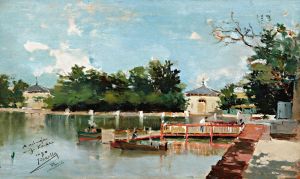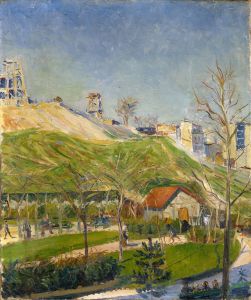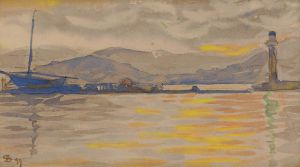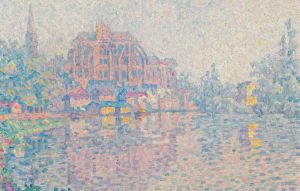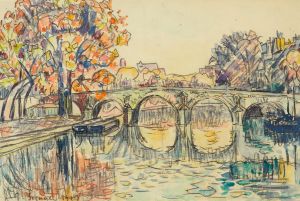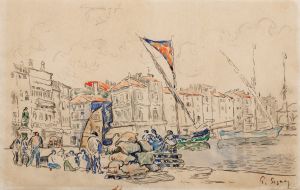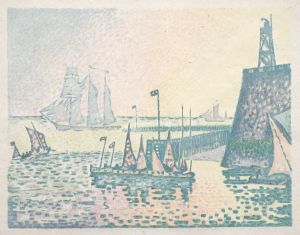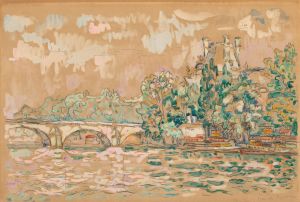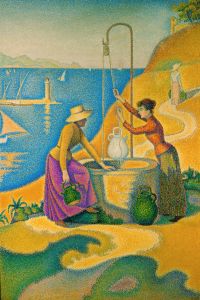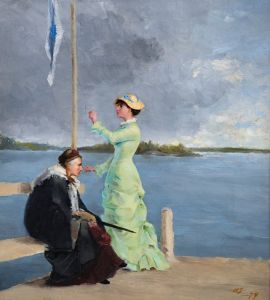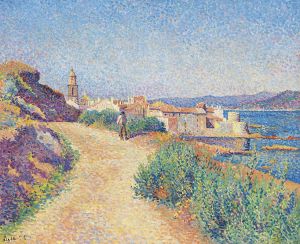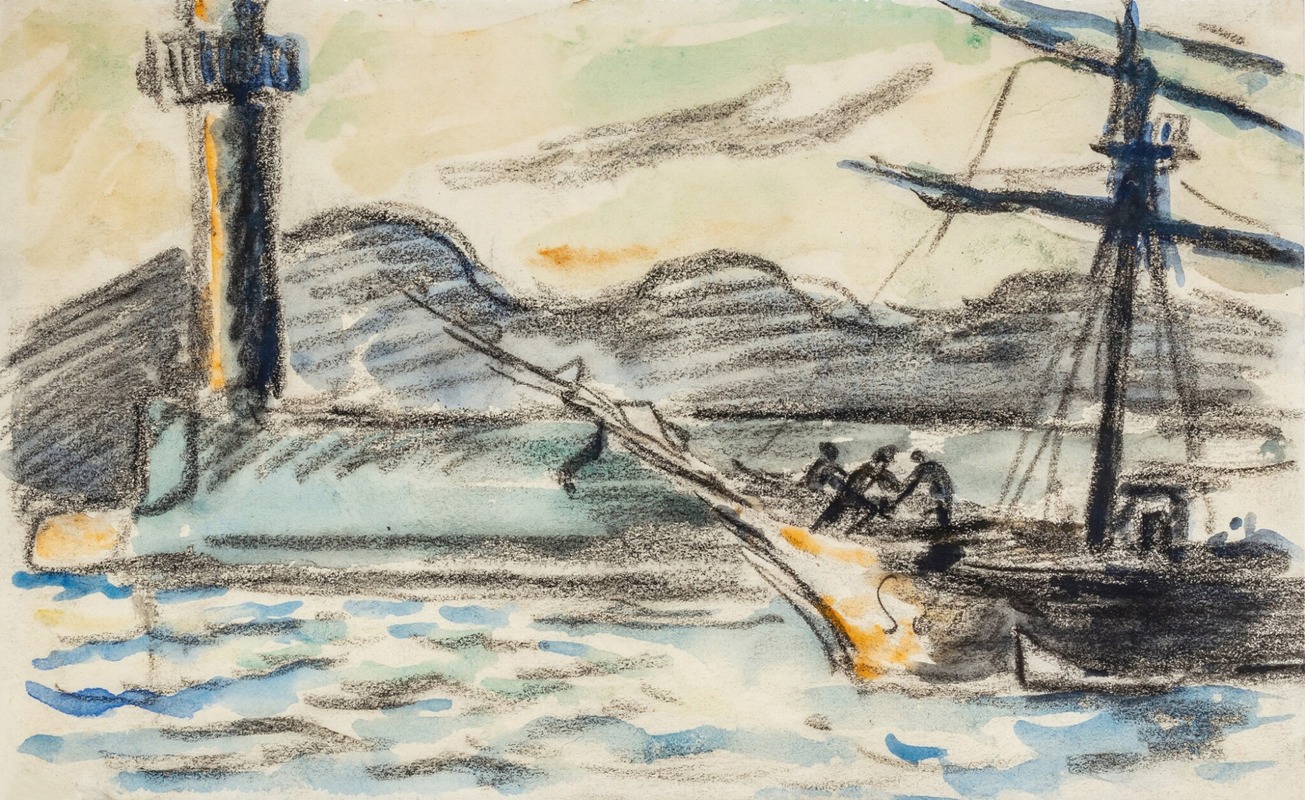
Saint-Tropez. Le phare et la jetée
A hand-painted replica of Paul Signac’s masterpiece Saint-Tropez. Le phare et la jetée, meticulously crafted by professional artists to capture the true essence of the original. Each piece is created with museum-quality canvas and rare mineral pigments, carefully painted by experienced artists with delicate brushstrokes and rich, layered colors to perfectly recreate the texture of the original artwork. Unlike machine-printed reproductions, this hand-painted version brings the painting to life, infused with the artist’s emotions and skill in every stroke. Whether for personal collection or home decoration, it instantly elevates the artistic atmosphere of any space.
"Saint-Tropez. Le phare et la jetée" (translated as "Saint-Tropez. The Lighthouse and the Pier") is a painting by the French artist Paul Signac, a prominent figure in the Neo-Impressionist movement. Created in 1895, the work exemplifies Signac's mastery of the pointillist technique, a method of painting developed by Georges Seurat and characterized by the application of small, distinct dots of color that blend optically when viewed from a distance.
Paul Signac (1863–1935) was deeply influenced by the scientific theories of color and light that underpinned Neo-Impressionism. He was a close associate of Seurat and played a significant role in advancing the movement. After Seurat's untimely death in 1891, Signac became one of its leading proponents, refining the pointillist technique and applying it to a wide range of subjects, including landscapes, seascapes, and urban scenes.
"Saint-Tropez. Le phare et la jetée" depicts the lighthouse and pier of Saint-Tropez, a small coastal town in the French Riviera. Signac first visited Saint-Tropez in 1892 and was captivated by its vibrant light, picturesque harbor, and Mediterranean charm. He eventually made the town his home, purchasing a house there in 1892, which he named "La Hune." Saint-Tropez became a significant source of inspiration for Signac, and he produced numerous works featuring its landscapes and maritime scenes.
The painting captures the tranquil beauty of the Saint-Tropez harbor, with the lighthouse and pier serving as focal points. Signac's use of pointillism is evident in the meticulous application of color, creating a luminous and harmonious composition. The palette is dominated by soft blues, greens, and yellows, evoking the serene atmosphere of the Mediterranean coast. The interplay of light and water is a recurring theme in Signac's work, and this painting is a testament to his ability to convey the dynamic relationship between natural elements.
"Saint-Tropez. Le phare et la jetée" is part of a broader body of work that reflects Signac's fascination with maritime subjects. His time in Saint-Tropez marked a significant period in his artistic career, during which he explored the interplay of light, color, and form in new and innovative ways. The painting is celebrated for its technical precision and its ability to capture the essence of a specific time and place.
Today, Paul Signac's works, including "Saint-Tropez. Le phare et la jetée," are held in high regard and are featured in major museum collections and exhibitions worldwide. His contributions to Neo-Impressionism and his influence on subsequent generations of artists have solidified his place in the history of modern art.





